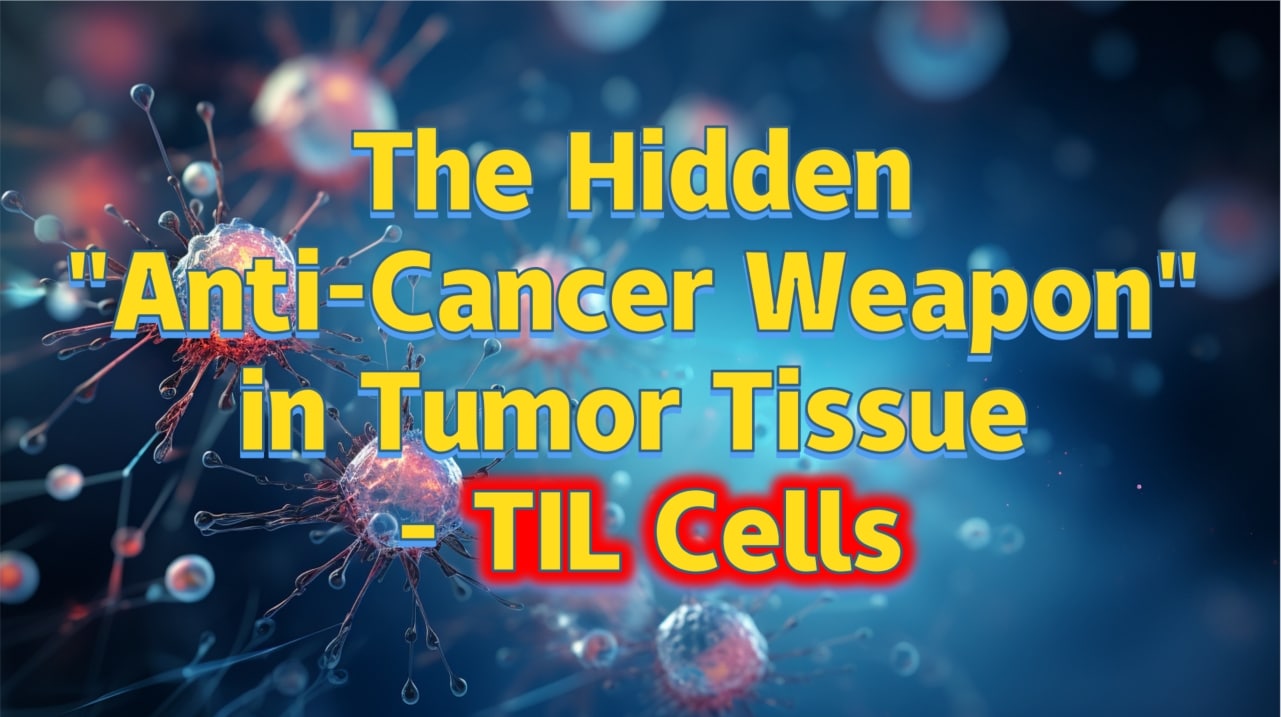Warning: Trying to access array offset on value of type bool in /www/wwwroot/www.medtourcn.com/wp-content/themes/medical-directory/framework/theme/medicaldirectory-image.php on line 78
Warning: Trying to access array offset on value of type bool in /www/wwwroot/www.medtourcn.com/wp-content/themes/medical-directory/framework/theme/medicaldirectory-image.php on line 79

The Hidden “Anti-Cancer Weapon” in Tumor Tissue – TIL Cells
### The Hidden “Anti-Cancer Weapon” in Tumor Tissue – TIL Cells

TIL Therapy
**TIL Cells: Turning Tumor Tissue “Waste” into Treasure**
Lymphocytes are a crucial part of the immune system. They can be found both in the periphery and within tumor tissues, serving as the body’s natural defense against tumor cells. Traditionally, only a small portion of excised tumor tissue is used for pathological diagnosis, while the majority is discarded as medical waste. This practice wastes the valuable anti-cancer resources hidden within the patient’s own body!
Tumor-Infiltrating Lymphocyte (TIL) therapy involves extracting lymphocytes from the tumor biopsy tissue of cancer patients. Using DNA sequencing technology, these lymphocytes surrounding the tumor cells are collected, expanded, and cultured in vitro before being reinfused into the patient. TIL therapy has shown positive clinical outcomes in various solid tumors, such as non-small cell lung cancer, melanoma, colorectal cancer, ovarian cancer, cervical cancer, and head and neck cancers. Compared to other T-cell therapies like CAR-T and TCR-T, TIL therapy offers broader targeting, more precise recognition, and more enduring anti-cancer effects.
**Applications of TIL Cells**
1. **For Early-Stage Cancer Patients:** TIL cells can be used as adjuvant therapy after surgery, helping to eliminate residual cancer cells following traditional treatments like surgery, radiotherapy, and chemotherapy, thereby preventing tumor recurrence or metastasis.
2. **For Advanced Cancer Patients:** TIL cells can serve as a last-line salvage treatment, aiding in extending survival time, improving quality of life, and addressing the dilemma of “no available drugs” for late-stage cancer patients.
**The Relationship Between TIL Cells and Cancer Patient Prognosis**
Using “non-small cell lung cancer” (#NSCLC) as an example, we can explore the impact of peripheral and tumor-infiltrating lymphocytes (TIL cells) on the prognosis of cancer patients.
A hospital in Tianjin, China, collected peripheral blood and tumor tissue samples from 105 newly diagnosed and untreated stage III/IV NSCLC patients. They analyzed the overall composition of peripheral blood cells and TIL cells, calculating and analyzing the overall survival (OS) of all patients. The results were as follows:
1. The median overall survival (mOS) for all patients was 12 months. The 1-year, 2-year, and 3-year overall survival (OS) rates were 60.5%, 28.4%, and 18.6%, respectively.
2. Patient OS was related to tumor size, tumor pathology, and CRP levels.
– **Tumor Size:** Patients with tumor lesions smaller than 4.8 cm had significantly longer OS compared to those with lesions larger than 4.8 cm (p=0.040).
– **Tumor Pathology:** Patients with squamous cell carcinoma had significantly longer OS compared to those with adenocarcinoma (p=0.025).
– **CRP Levels:** Patients with CRP levels below 8.29 mg/L had significantly longer OS compared to those with higher CRP levels (p=0.011).
– **Tumor CD4+ and CD8+ T Cell Infiltration:** Patients with higher levels of tumor CD4+ and CD8+ T cell infiltration had significantly longer survival compared to those with lower infiltration levels (p<0.0001 and p=0.011, respectively).
In conclusion, in newly diagnosed stage III/IV NSCLC patients, OS is associated with increased numbers of peripheral lymphocytes, CD4+ TIL, and CD8+ TIL, and is positively correlated with several basic clinical factors. This highlights the necessity of timely TIL cell storage. Patients are advised not to waste their valuable anti-cancer immune cells.
**Timing of TIL Cell Storage**
Generally, TIL cells should be stored as early as possible, ideally before receiving other treatments like radiotherapy or chemotherapy. At this stage, TIL cells have the strongest anti-cancer capability for the following reasons:
1. **TIL Cell Quantity:** TIL cell numbers gradually decrease as the tumor progresses. Clinical studies on TIL cell therapy for melanoma have found that T cell and NK cell numbers significantly decrease with tumor progression.
2. **Postoperative Adjuvant Radiotherapy and Chemotherapy:** These treatments not only kill cancer cells but also destroy immune cells and normal cells, reducing the anti-cancer efficacy of immune cells. Clinical studies on TIL cell therapy for cervical cancer have shown that CD4+ and CD8+ cell numbers significantly decrease in late-stage tumor TIL cells.
Therefore, patients are encouraged to seize their precious and unique opportunity for anti-cancer treatment. With the consent of their primary physician, they should preserve fresh tumor tissue samples preoperatively and entrust professional institutions with TIL cell isolation, culture, and cryopreservation. This can be used for postoperative adjuvant therapy to eliminate residual cancer cells, prevent tumor recurrence, or serve as a last-line salvage treatment for advanced cancer patients.
Since its initial clinical application in 1988, TIL therapy has developed over more than thirty years. Compared to other T-cell therapies, TIL therapy has the unique advantage of turning the patient’s own tumor tissue “waste” into a valuable resource, offering unique benefits in treating solid tumors and even helping some patients achieve long-term survival with the tumor.
China’s TIL therapy has been specially modified based on the American tumor-infiltrating lymphocyte (TIL) therapy to enhance TIL cell self-expansion ability and overcome the tumor microenvironment. In recent years, several new TIL therapies have been developed in China. Notably, the two TIL therapies showcased at the 2024 ASCO conference not only demonstrated impressive efficacy but also featured one therapy that requires neither lymphodepletion nor IL-2 treatment, significantly improving safety and cost-effectiveness!
